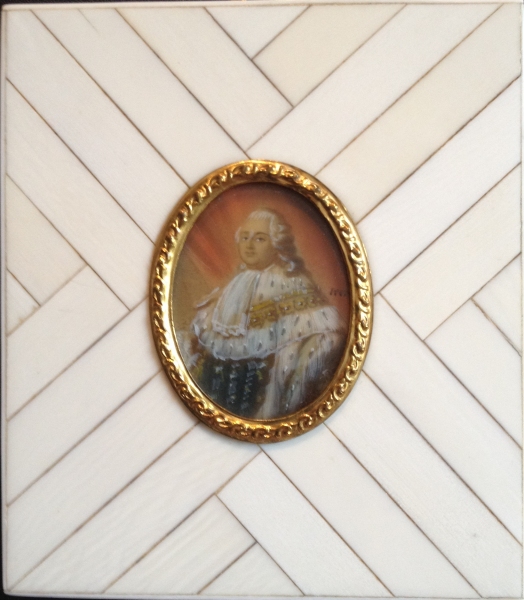

Louis XVI
After a painting by Antoine-François Callet, 1788 (Musée national du château de Versailles.)
Louis XVI (23 August 1754 – 21 January 1793), also known as Louis Capet, was King of France from 1774 until his deposition in 1792, although his formal title after 1791 was King of the French. He was executed on the 21st of January 1793. His father, Louis, Dauphin of France, was the son and heir apparent of Louis XV of France. As a result of the Dauphin's death in 1765, Louis succeeded his grandfather in 1774.
The first part of Louis' reign was marked by attempts to reform France in accordance with Enlightenment ideals. These included efforts to abolish serfdom, remove the taille, and increase tolerance toward non-Catholics. The French nobility reacted to the proposed reforms with hostility, and successfully opposed their implementation; increased discontent among the common people ensued. From 1776 Louis XVI actively supported the North American colonists, who were seeking their independence from Great Britain, which was realized in the 1783 Treaty of Paris.
The ensuing debt and financial crisis contributed to the unpopularity of the Ancien Régime which culminated at the Estates-General of 1789. Discontent among the members of France's middle and lower classes resulted in strengthened opposition to the French aristocracy and to the absolute monarchy, of which Louis and his wife, queen Marie Antoinette, were viewed as representatives. In 1789, the storming of the Bastille during riots in Paris marked the beginning of the French Revolution.
waterbased painting on a sheet of ivory
frame chips of ivory
condition paintings: excellent
condition frame: excellent
suspension eyelet
convex glass
backside information: Sticker "Kunsthandel Liberty Rotterdam"
dimension frame vertically: 100 mm
inner dimension ring vertically: 38 mm
suspension eyelet
silk back with fold out support
convex glass




stock number 440

